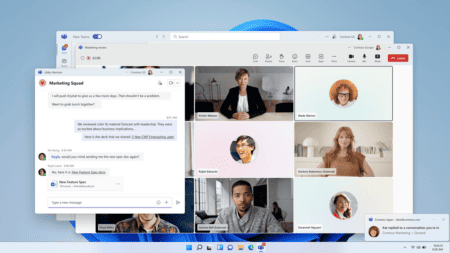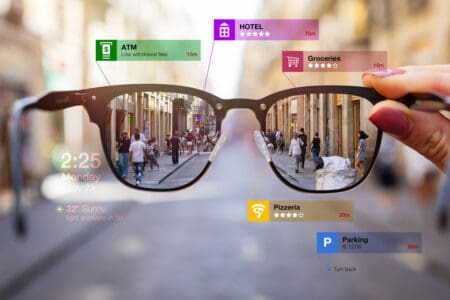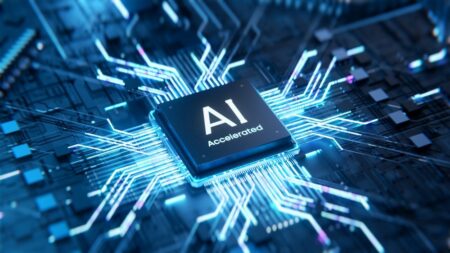The HoloLens 2 project brings functional Augmented Reality to the automobile driver.
This week Microsoft announced it fixed a technical issue in the HoloLens augmented reality (AR) headset with Volkswagen’s help to provide AR supported assisted driving features.
Volkswagen realised in 2018 that data gathered by HoloLens’s camera sensors and an inertial measurement unit conflicted with each other while the headset used in a car, detecting movements but providing a static environment.
Microsoft explained the success of the project in their Transform website. “The new “moving platform” mode for HoloLens 2 overcomes a major limitation of mixed reality headsets and creates potential for the technology to be used in new ways,” writes Deborah Bach. “Training drivers to handle challenging road conditions, for example, or creating new user experiences for autonomous vehicles. And while mobility is Volkswagen’s focus, the capability could in future be shared across other industries.”
“We think mixed reality information is the most intuitive information we could provide to enhance our customers’ user experience,” says Dr. Andro Kleen, head of the data science team at Volkswagen Group Innovation. “Because what you see there, and what you need to process, is very close to what humans normally see and process. It’s not so abstract.”
Helping people “get from A to B”
An early adopter of augmented reality technology, Volkswagen introduced an augmented reality head-up display in its ID. family of electric cars in 2020 that projects navigation arrows, lane markings and other information onto the environment in front of the cars.
But Volkswagen was thinking about the potential of augmented reality even earlier, Kleen says. In 2015, for instance, Volkswagen embarked on a research project using self-piloted vehicles and augmented reality to teach driving on a racing circuit. Tested at Volkswagen’s track facility in Ehra-Lessien, Germany, the Race Trainer system used a head-up display that superimposed lines of arrows on the track for drivers to follow, and provided steering and braking cues to guide them through a gradated set of lessons.
“We think of this as moving toward a mobility system where different products and mobility solutions will be connected,” Kleen says. “The basic assumption is that this technology will become lighter and smaller, and we think that as that happens, more people will get their hands on it and integrate it into their daily lives — and thus into their way of moving from A to B.”
Also read: Qualcomm and Microsoft collaborate on AR and Metaverse.



















